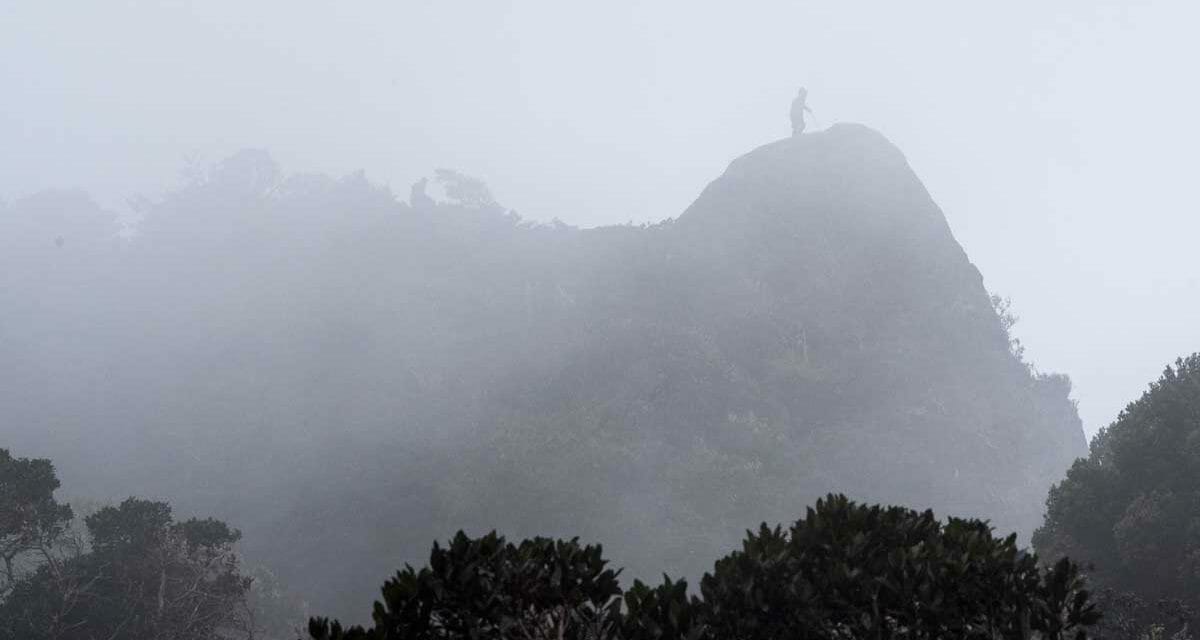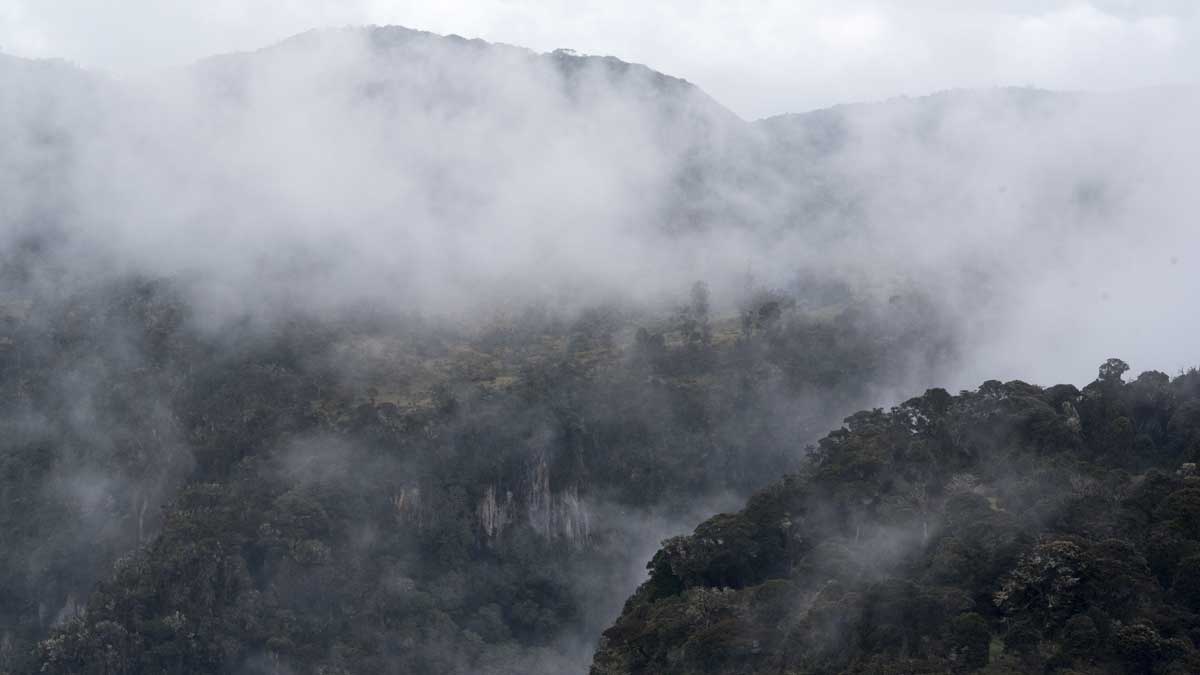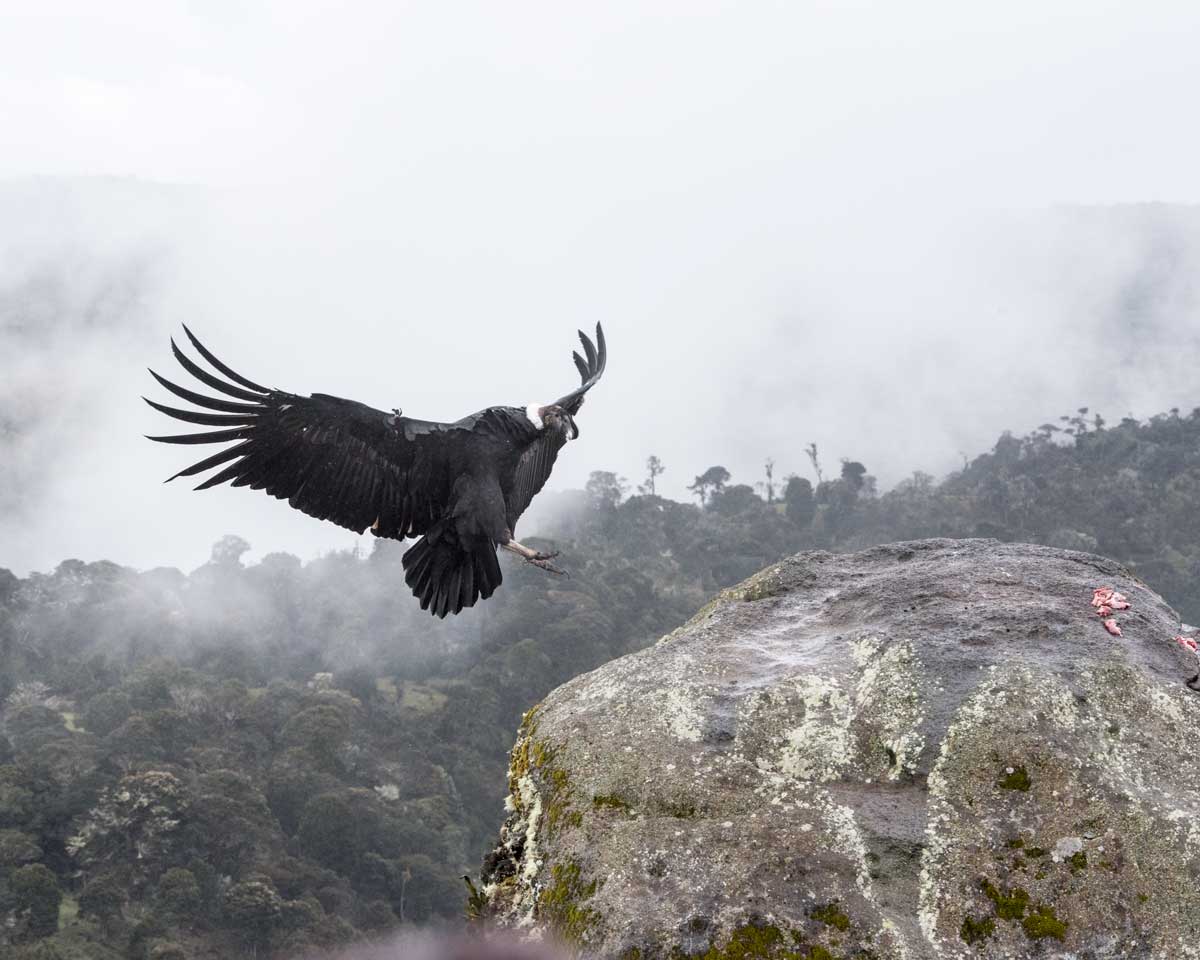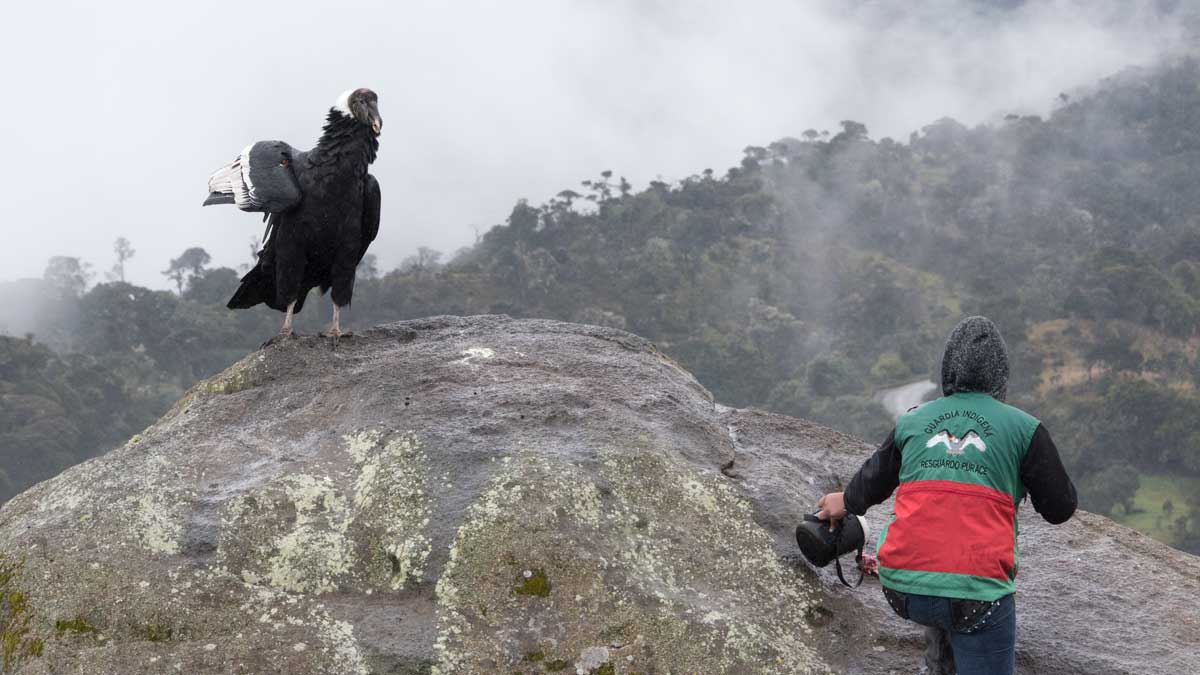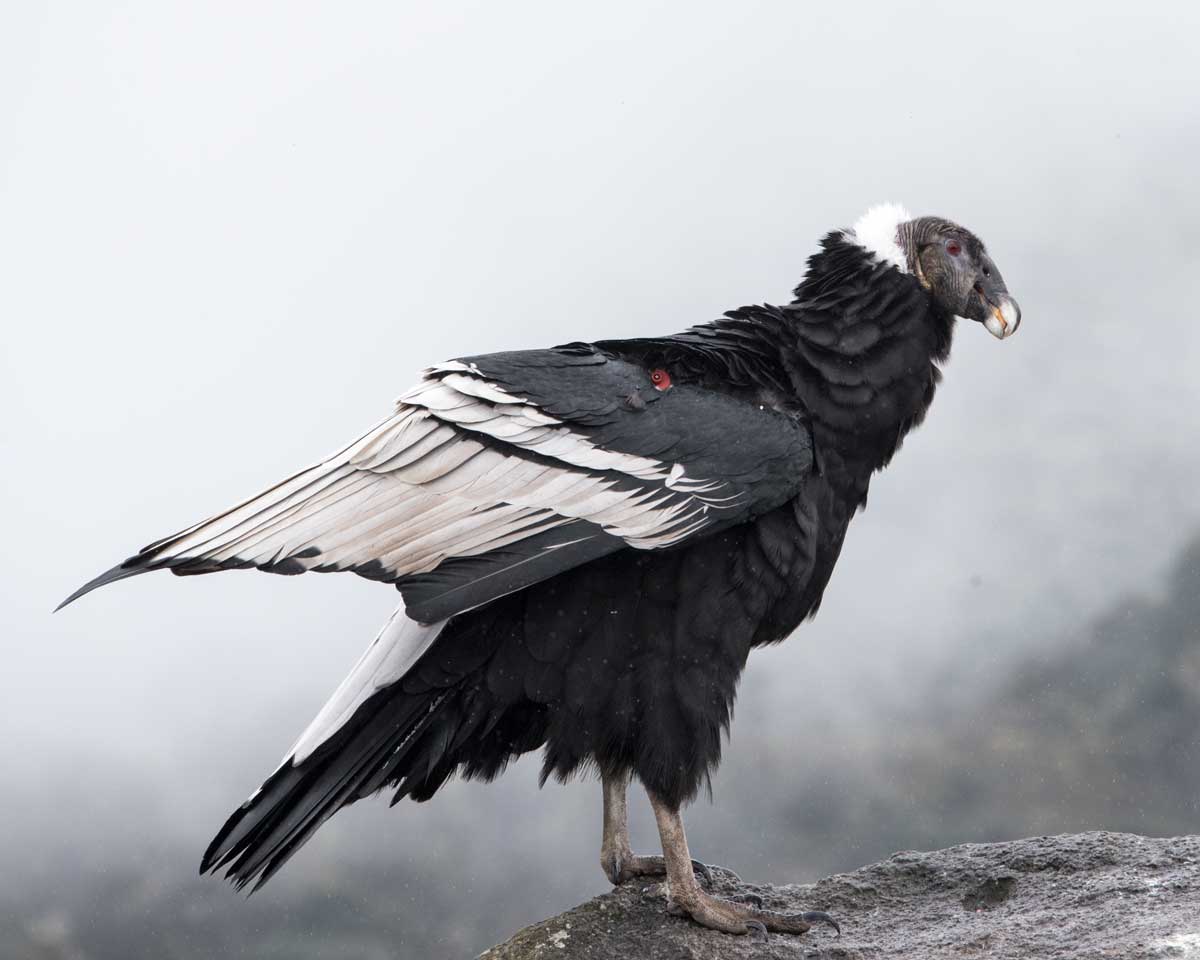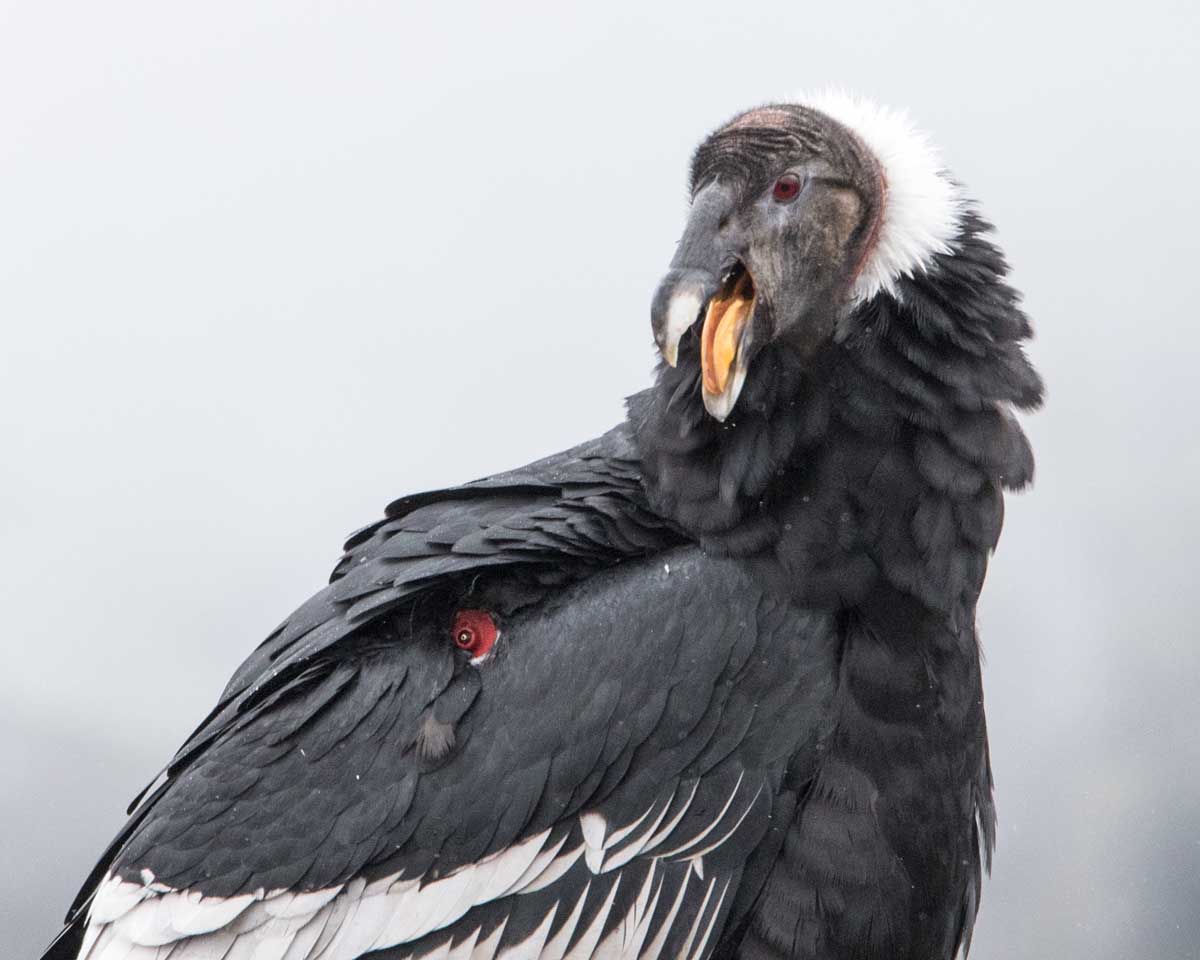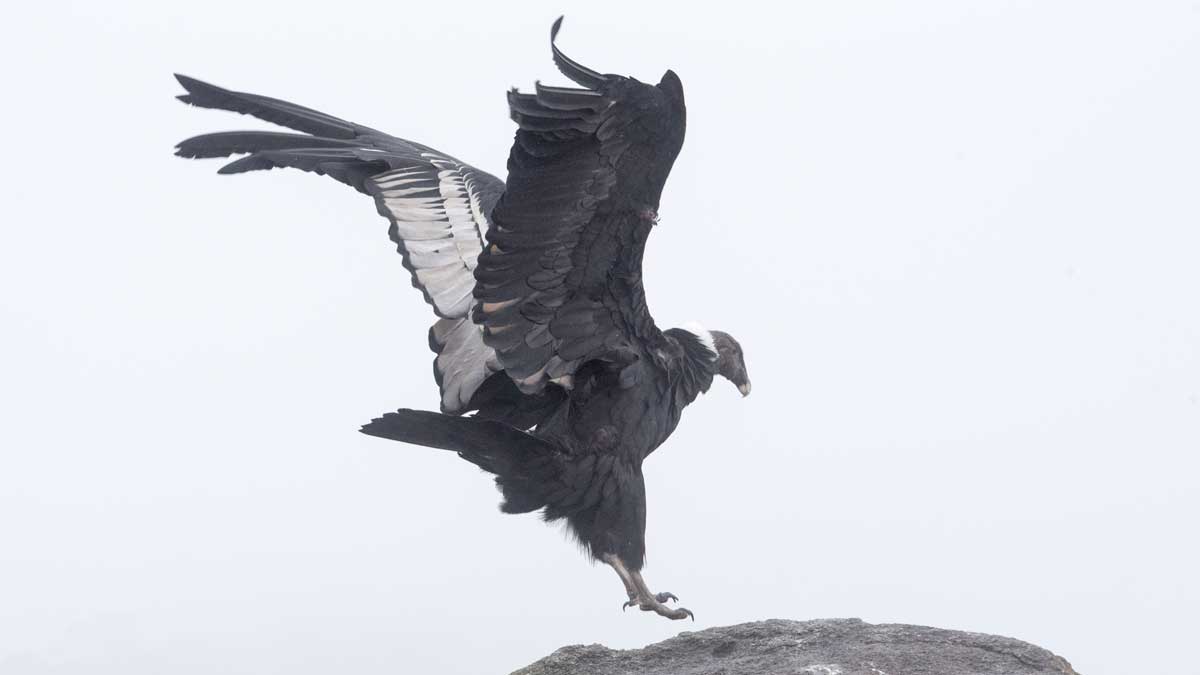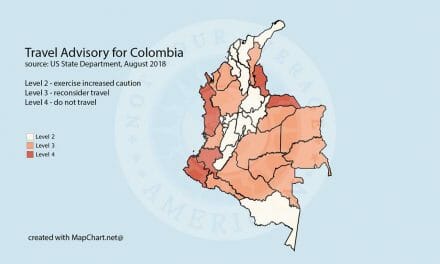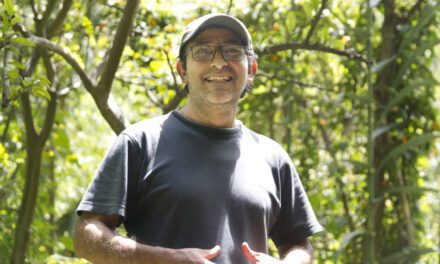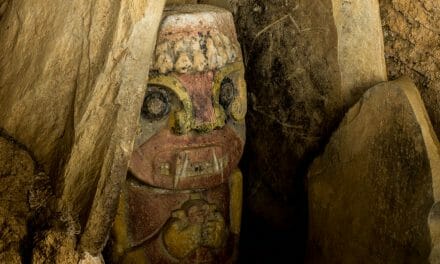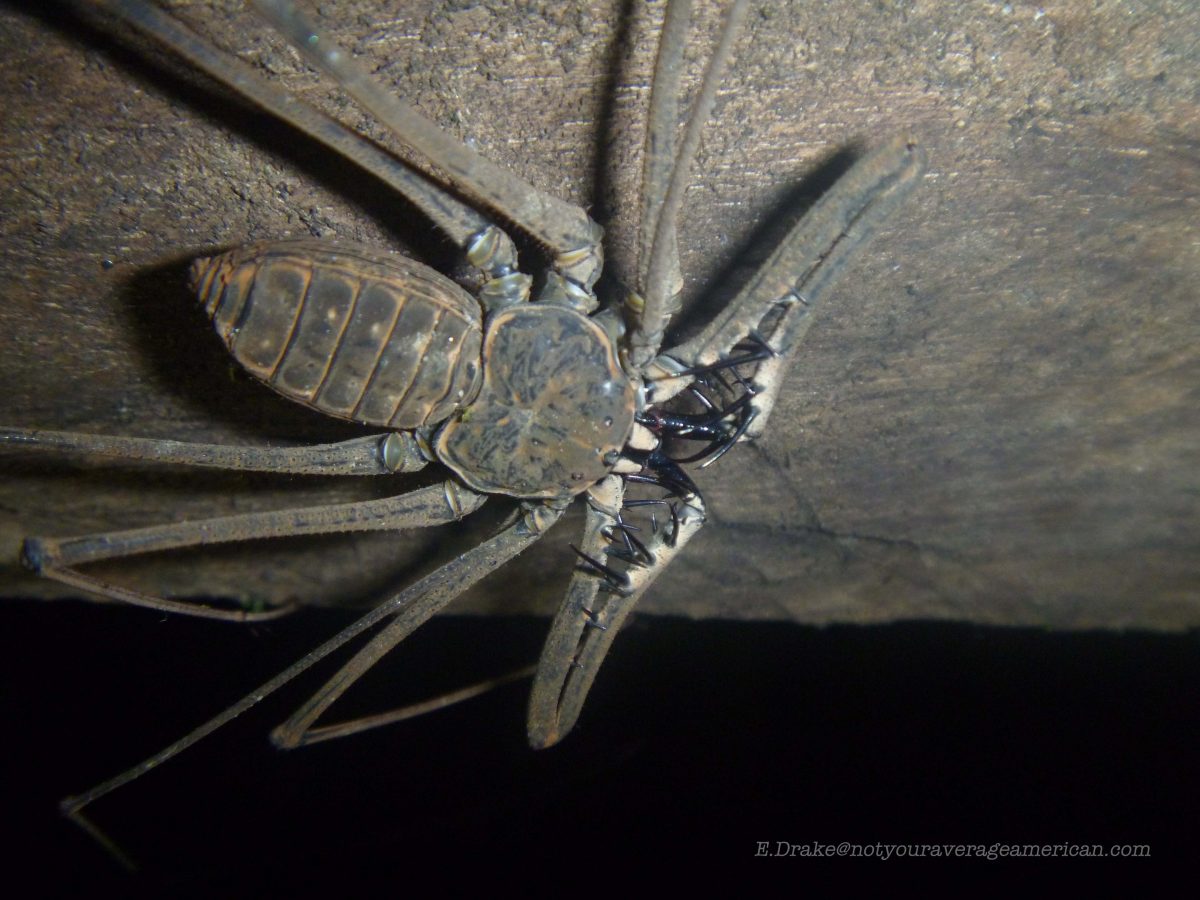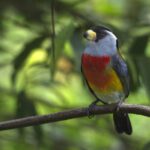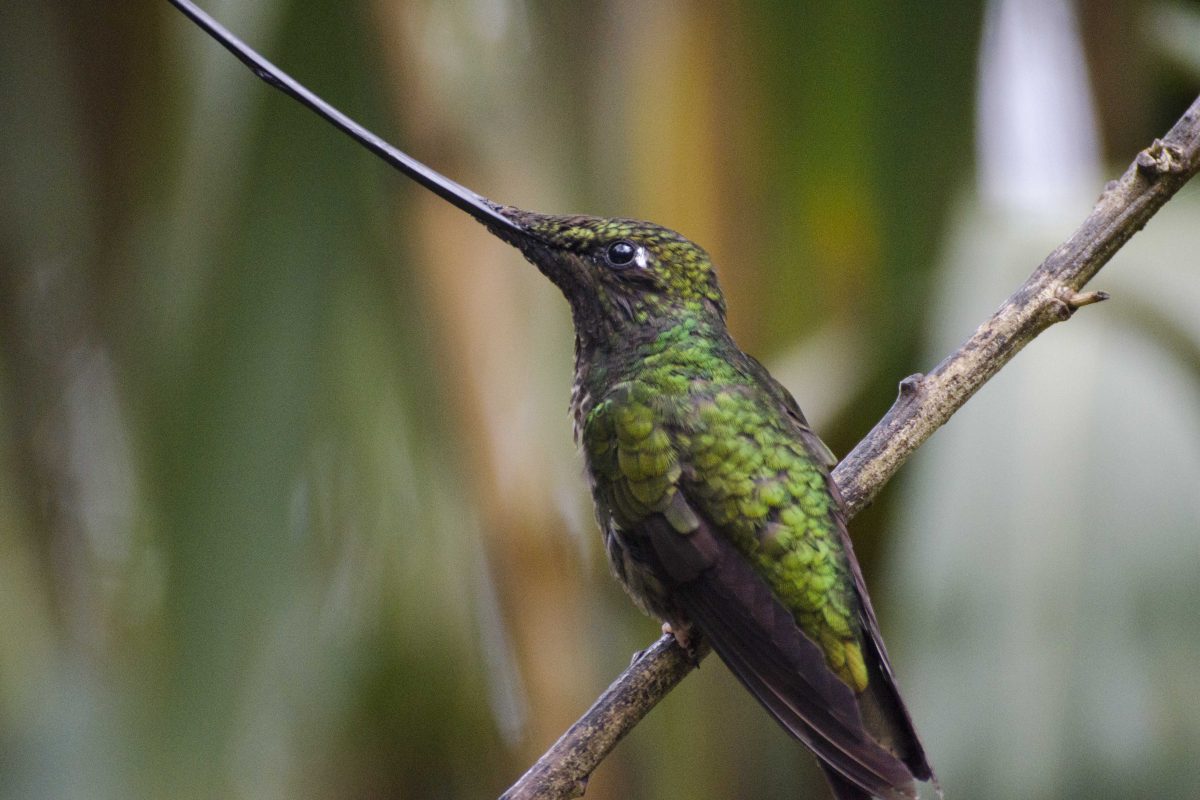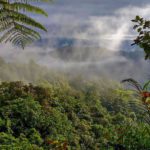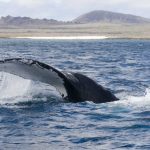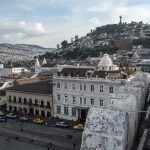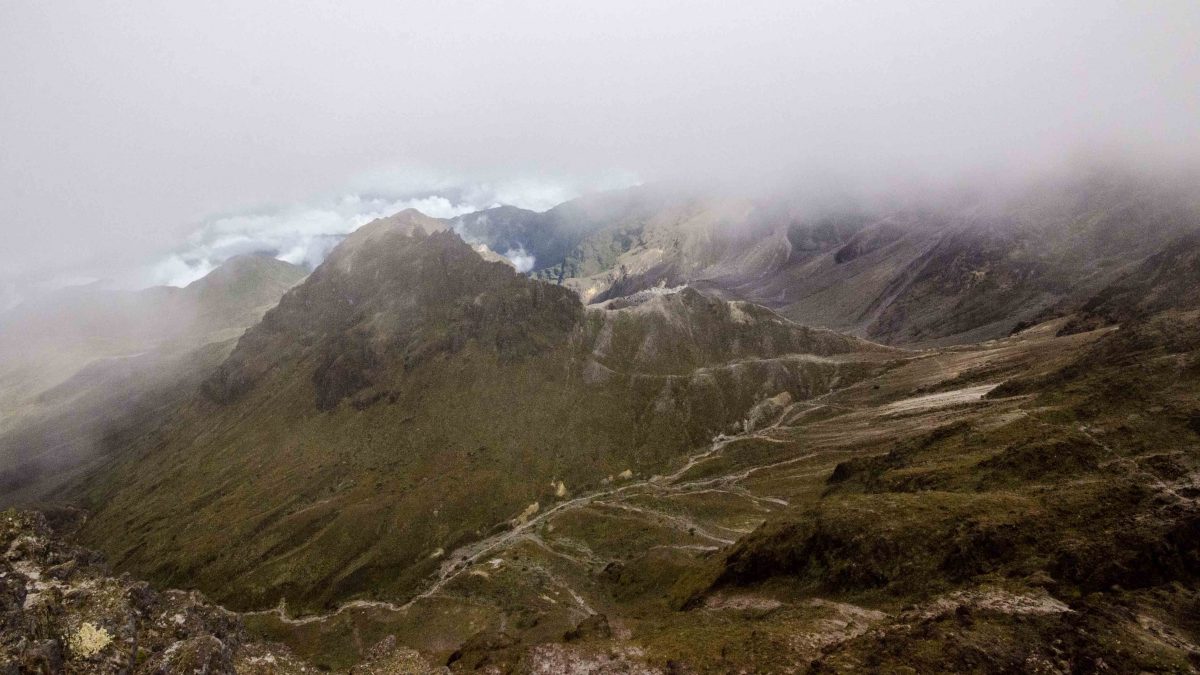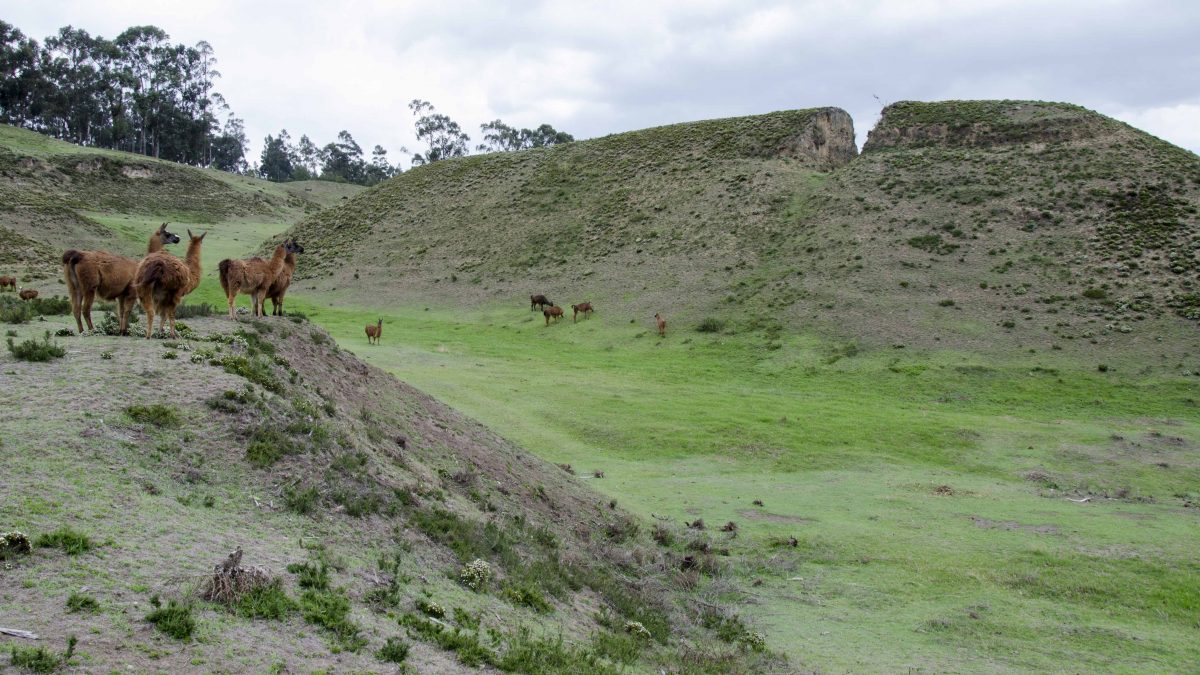Those of you who have followed us for a while know that we take local recommendations pretty seriously. Therefore, when a friend of a friend told us to contact Wilson Aguilar about seeing Colombian Andean Condors, we were game to try.
Andean Condors in Purace National Park
We were on the tail end of our trip in Colombia, having returned to Popayán from San Agustín only the day before. Our bus to and from Huila passed through the high paramo of Purace National Park where the Andean Condors live. However, bus travel in Colombia does not allow for tourists to enjoy a little birdwatching on the way. Therefore, in order to see more of this unique habitat, we had to make a plan. A few WhatsApp messages back and forth, and we arranged to have Wilson pick us up at our hotel for a day of adventure!
However, when Wilson showed up early on the morning of our day-trip, we immediately had second thoughts. Rather than arriving in a sturdy truck common for the backroads of Colombia, Wilson lead us to an ancient Peugeot that seemed barely adequate for city driving much less bumpy backroads into a remote national park. Rather than cancel outright, we both looked at each other, shrugged our shoulders, and climbed on in. At least everyone had access to a seatbelt.
Purace, Colombia
As we drove out of Popayán, Wilson told us a lot about his community of Purace. Located along one of the three separate entrances to Purace National Park, Purace is home to many native Colombians working to protect their local culture and environment. The Andean Condors we were headed to see have become a large part of the local economy.
We stopped to have a coffee in town and to order our lunch for our return later in the day. Everyone in the restaurant seemed interested in our quest and many asked to see photos upon our return. They seemed fairly confident that we would see Andean Condors. As avid birdwatchers, we know to never expect to see a bird and wondered at the certain expectation of the locals.
Birdwatching Culture Shock
As often happens during our trips to South America, I had a preconceived notion of what to expect. After all, we have a lot of experience with Andean travel. It is easy to forget that each and every place is very unique and distinct from every other.
Our experience with condors comes from the Antisanilla Reserve near Pintag, Ecuador. I was fairly certain that we would visit an overlook with a view of a cliffside where condors often perch during the day time. Therefore, when we arrived to a small bend in the road with several other parked cars and no cliff in sight, I began to wonder what was wrong.
Many of the people waiting wore vests advertising their relationship to the Andean Condor project. One woman spoke into a handheld radio, passing on updates to the others. It seemed that someone, somewhere was tracking a condor and would let us know when it arrived in the immediate area.
The Andean Condor Offering
In the distance, we noticed a large rock. According to Wilson, that would be our eventual destination. As we looked on from a distance, we noticed a person walking out onto this rock with some type of small offering. It turned out to be the chicken parts. While I am used to watching birds at feeding stations, never in my life did I imagine that we were visiting the equivalent of a hummingbird garden for condors.
We passed through a small entry gate and hiked up to a large viewing area by the offering stone. Along the way, we paid our entrance fee, alongside many other tourists coming to see the feeding. In fact, we were two of about twenty people, all Colombian tourists come to admire these glorious birds.
Waiting for the Condors
The weather was horrible, spitting rain and low lying clouds that made it difficult to see anything. For a while, we stood under the branches of a broad tree in an attempt to stay as dry as possible. As the morning wore on, without any news of a condor arrival, we began to think this was all some crazy quest without no hope of fulfillment. Some of the other tourists gave up and walked away. Wilson even asked us what we wanted to do. When your South American guide second-guesses waiting, it might be time to listen.
Then we heard static over the radio. A condor was approaching!
I left my small, protected perch and headed out to join the other pilgrims with view of the sacrificial chicken. And there, out of pure, gray fog appeared a condor, circling the rock in search of the expected offering.
The hum of the crowd was almost as exciting as seeing an Andean Condor up close and personal. Everyone wanted a selfie. Using cellphone cameras and sometimes with the aid of a friend’s longer arm, Colombians snapped photos as if they would never see a condor again in their entire lives. I felt like a duck out of water as I snapped photos over their shoulders with my long lens aimed only at the bird in question.
A Female Andean Condor
One of the local guides told us that our subject was the female of a mating pair. She strutted and looked askew at the admiring crowd. Then she began to tear sinew from meat, choking down large chunks of chicken flesh. When she finished, one of the vest-wearing workers approached the rock with a fresh supply. And she started eating again.
We watched her for about 20 minutes, all the while hoping she might be joined by her mate or her rumored offspring. Alas, we were destined only to see a single condor. Mighty as she was, I felt somewhat let down by the entire experience. While definitely not a captive bird, this Andean Condor felt close to domesticated.
The San Diego Zoo Andean Condor Program
As we spoke to Wilson afterwards, we learned so much more about the project. With a pretty regular schedule, two Condors make appearances on this very rock within about a 2-3 hour window every few days. These Condors are part of a project started by the San Diego Zoo back in 1989. They released more 22 captive-raised Andean Condors into three protected areas in Colombia, substantially increasing the native population. However, little tracking has taken place. There are no hard numbers to tell how successful the overall program has been.
What we do know is that the community of Purace has taken Andean Condor monitoring into their own hands. Our entrance fee helps to provide funds required to replace the batteries in the tracking devices worn by the Andean Condors in this region. There seem to be three birds nowadays, the original mating pair and one offspring.
No one understands why the pair have not produced more offspring in the decades since they were released. And, without funds from the Colombian government or other interested parties, studies into the success or failure of the overall program seem unlikely.
Condor Tourism in Purace
In the meantime, the community of Purace has found a way to promote conservation of the Andean Condor, through education and visits such as the one we experienced.
While not my favorite way to view an Andean Condor, the feeding station allows for many Colombians to greater appreciate this wild animal that has been hunted to near extinction in the Andes. Perhaps this small program can change enough hearts and minds that wild Andean Condors will find the space they need to recover and repopulate the Andes of Colombia.

